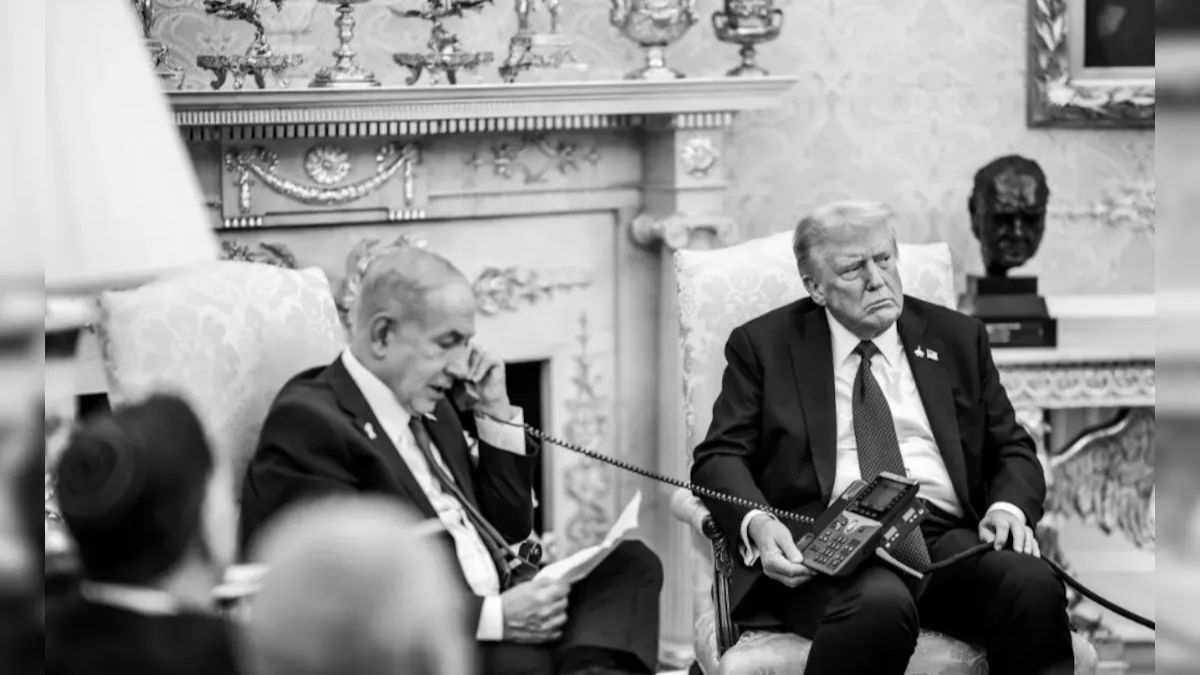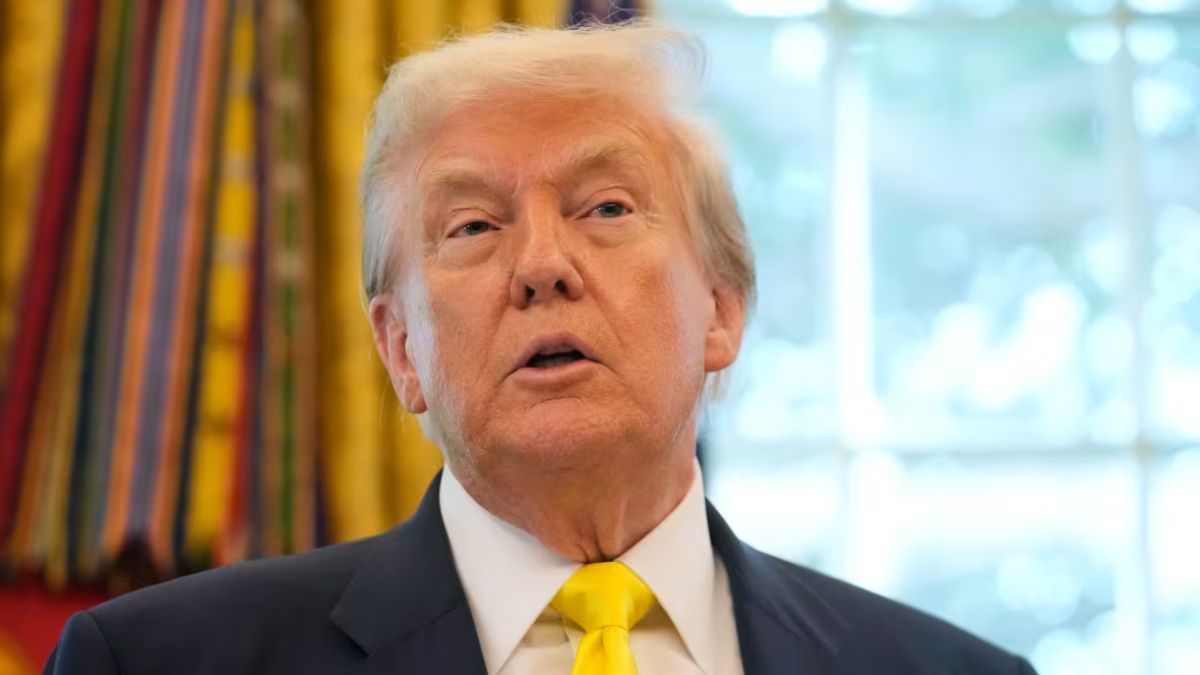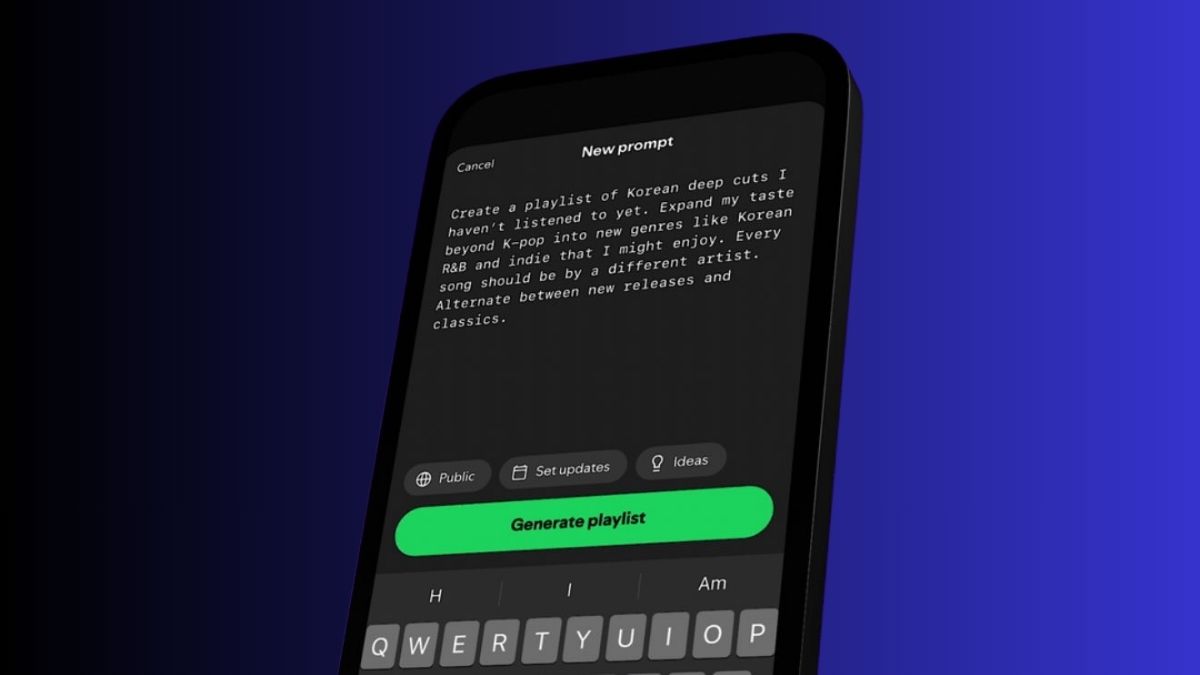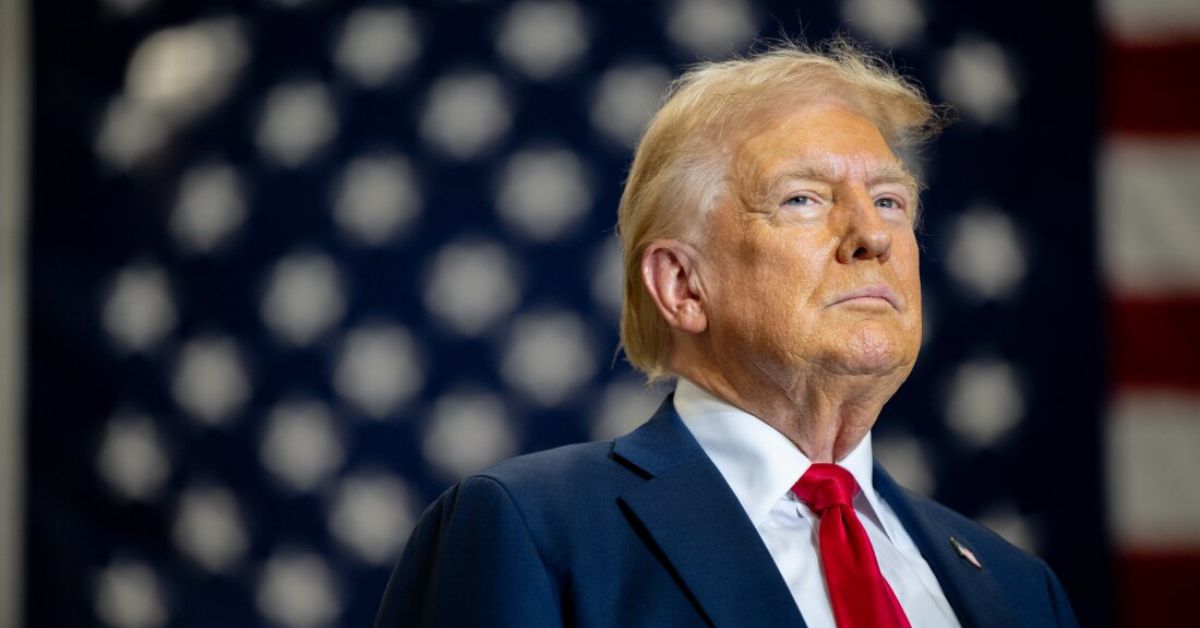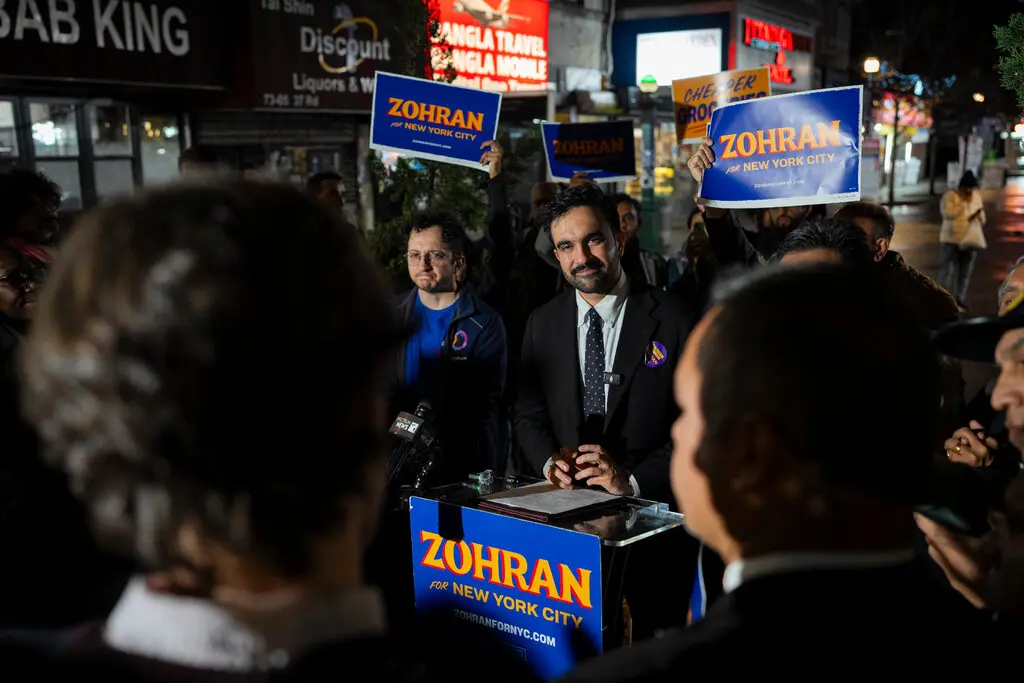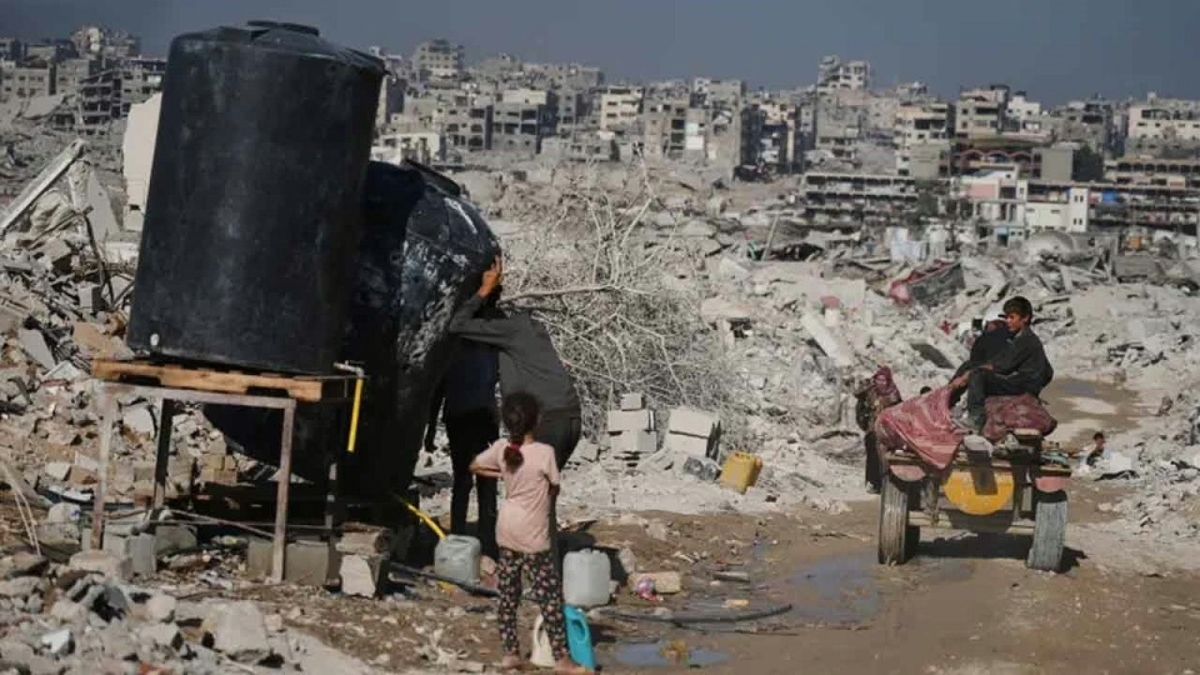The U.S.-backed ceasefire between Israel and Hamas, announced by President Donald Trump on October 9, 2025, is moving into implementation, potentially ending nearly two years of conflict that began with Hamas’s attack on October 7, 2023.
The agreement, part of Trump’s 20-point peace plan, was approved by Israel’s cabinet and welcomed by Hamas as the “end of the war.” Key elements include a halt to hostilities, partial Israeli troop withdrawal, hostage and prisoner exchanges, and humanitarian aid. Hamas is expected to release all remaining Israeli hostages by October 12, while Israel will free around 1,950 Palestinian prisoners.
Despite the ceasefire announcement, Israeli airstrikes overnight in Gaza killed at least 30 Palestinians, raising questions about the truce’s enforcement. Partial Israeli troop withdrawals have begun, but officials described continued strikes as “operational necessities.”
Trump plans to travel to Egypt this weekend to formalize the deal and may address the Knesset. U.S., UN, and Arab partners are preparing aid and monitoring efforts, while global leaders have praised the ceasefire, highlighting the potential return of hostages and humanitarian relief.
Concerns remain about long-term enforcement, Gaza reconstruction, and political pushback in Israel. Analysts caution that Phase 2, which includes full withdrawal and governance arrangements, will face major challenges.

